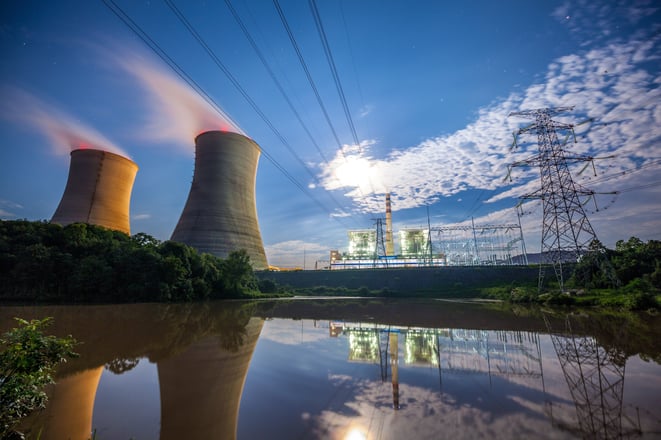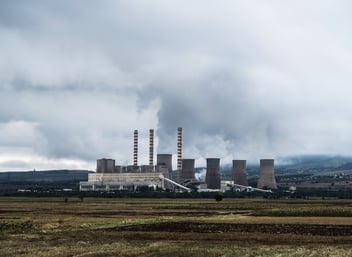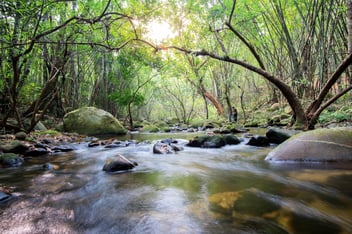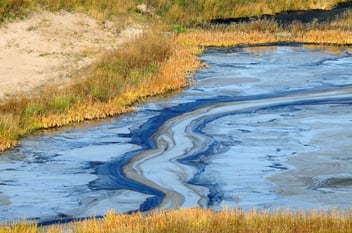Dewatering CCRs with simplicity and effectiveness
One of the best outcomes of the final EPA rule on coal ash was its inclusion under Subtitle D of the Resource Conservation and Recovery Act (RCRA), regulating CCRs as non-hazardous solid waste. Had the agency chosen to regulate CCRs under the more stringent protections of Subtitle C, labeling CCRs as hazardous waste, the coal-fired electrical power industry would have met a serious setback, losing the ability to cut down on solid waste by recycling CCRs.

Recycling coal ash for beneficial use
The ash produced by coal-fired power plants possesses a number of qualities that make it ideal for an interesting range of applications. Volcanic ash, having similar properties to coal ash, was used by ancient Romans in the construction of many of the iconic structures that have remained standing for thousands of years. In recent years, the industry has been recycling coal ash waste to be used in products like concrete or wallboard, as replacement for clay in bricks, and as a lightweight additive to many metals.
Industry reaches a recycling milestone
In 2015, for the first time, more than half of coal ash (52%) was recycled for beneficial use, a significant step toward reducing the need for landfills. In fact, more than half of all the concrete produced in the U.S. is now made with these coal combustion products. In ordered to be recycled, however, the contents of coal ash ponds must first be dewatered.
Dewatering CCRs
While a number of options exist for the successful dewatering of coal ash ponds, the coagulation–flocculation process is generally regarded as one of the most important and widely used treatment processes of industrial wastewater containing CCRs, due to its simplicity and effectiveness.
All natural coagulants and flocculants
Dober Water Treatment chemistries have been proven to successfully sequester coal ash solids from the water that accumulates at the top of coal ash ponds and from the wet sludge at the bottom.
GreenFloc industrial coagulants are derived from all-natural, plant-based materials, making them sustainable, carbon neutral and always renewable. These environmentally friendly treatments offer superior performance compared to traditional synthetic polymers, like polyDADMAC, or inorganic metal salts, like Alum, which require more product yet treat water less effectively.
HaloKlear natural flocculants are less toxic than conventional chemistries, effectively cleaning water so that it can be safely released into back into its natural environment, reused or upcycled. HaloKlear flocculants are 100% biodegradable through enzymatic activity, so there are no bioaccumulation concerns. If zero toxicity is required, our HaloKlear Dual Product System (DPS) provides a two-step approach that has been proven to have zero toxicity when used as directed. HaloKlear DPS creates dense flocs—with great shear strength and low water content—that settle very quickly.
Reduce total use cost and stay off the naughty list
Both GreenFloc and HaloKlear product families are effective at lower treatment dosages, allowing you to decrease your product use and lower your overall use cost. As an industry leader in water treatment chemistries, Dober has both the experience and the expertise to help coal fired power utilities find the best, most economical solution for dewatering coal ash ponds, avoid the potential for environmental disaster and stay off any state or EPA “naughty” list.
Learn more about how Dober Water Treatment can help you with your coal ash dewatering:



